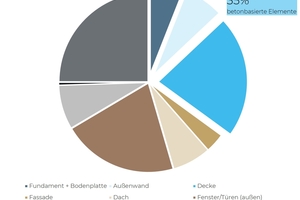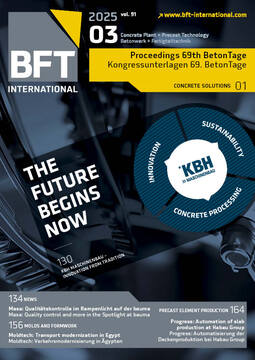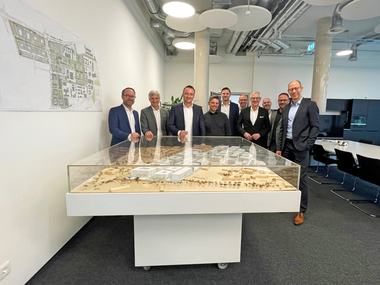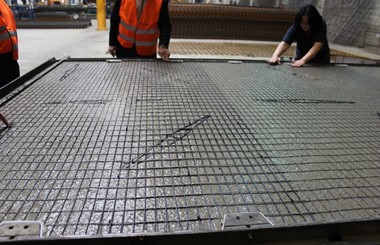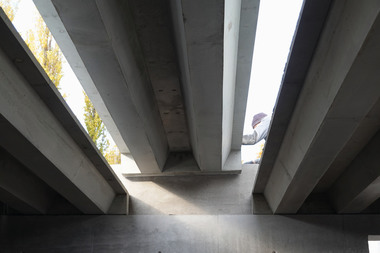GHG-based tendering – Erlangen Siemens CampusCarbon as a new currency in the construction industry
The debate over greenhouse gases (GHG) has become an integral part of our German society. Nor can it be ignored when it comes to the global climate. If we fail to get the emissions of our modern society under control, not only will entire island nations disappear in the future, but extensive swaths of land will become uninhabitable because of excessively high temperatures. Even though the construction industry ranks only fourth in terms of its carbon footprint, it is still a significant contributor at nearly 9% of global emissions. This finding prompts an increasing number of companies to take a more conscious approach to this issue. More specifically, the public sector and businesses devising their own sustainability strategy set a strong focus on accounting for – and consequently reducing – carbon emissions caused by the construction of their buildings.
Against the above backdrop and out of its own conviction, Goldbeck is determined to make its own contribution to low-emission construction. Some “Goldbeckers” even advocate the vision of an “energy-positive building.”
To set the right levers in motion, it is helpful to visualize which building component causes which portion of a building’s carbon emissions. Fig. 1 shows an example of the proportions of emissions for an office building. The three concrete-based structural components account for a good third of carbon emissions.
Looking more closely at these components reveals that cement, or, more specifically, clinker, is the main source of carbon in concrete. This is why Goldbeck’s approach to this problem builds upon the “Reduce & Replace” principle, namely on the following five steps:
1. Consistent use of prefabricated concrete elements to increase the building volume that Goldbeck can influence on its own (Reduce)
2. Industrial prefabrication of system components to reduce material consumption and shorten construction times (Reduce)
3. Use of innovative materials in precast element production (Reduce & Replace)
4. Industrialization of cement reduction technologies (Reduce)
5. Local production of system components to reduce transportation distances and emissions (Reduce)
Besides measurable progress in reducing emissions, Goldbeck has already been able to drive sales thanks to this consistent strategy. Precast elements that reduce carbon emissions by 23 to 37% have thus become the benchmark for Goldbeck office buildings.
Module 8 of the Siemens Campus in Erlangen is the first project for which a contractually binding carbon cap was agreed. Four office buildings and a parking garage are under construction on a 55,000 m² site in conformity with the EG40 efficiency standard – a showcase project for low-emission construction and a learning journey for Goldbeck.

